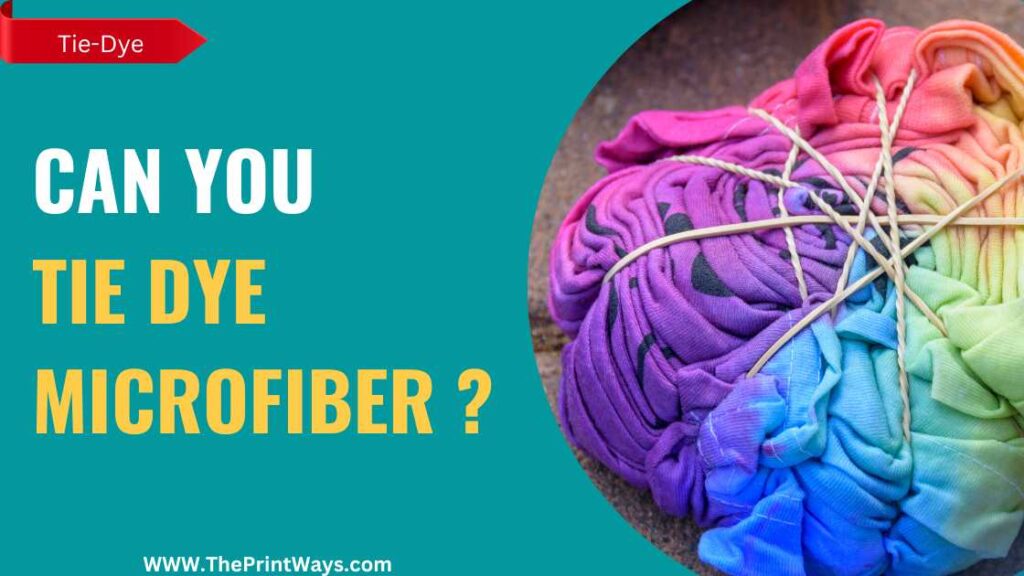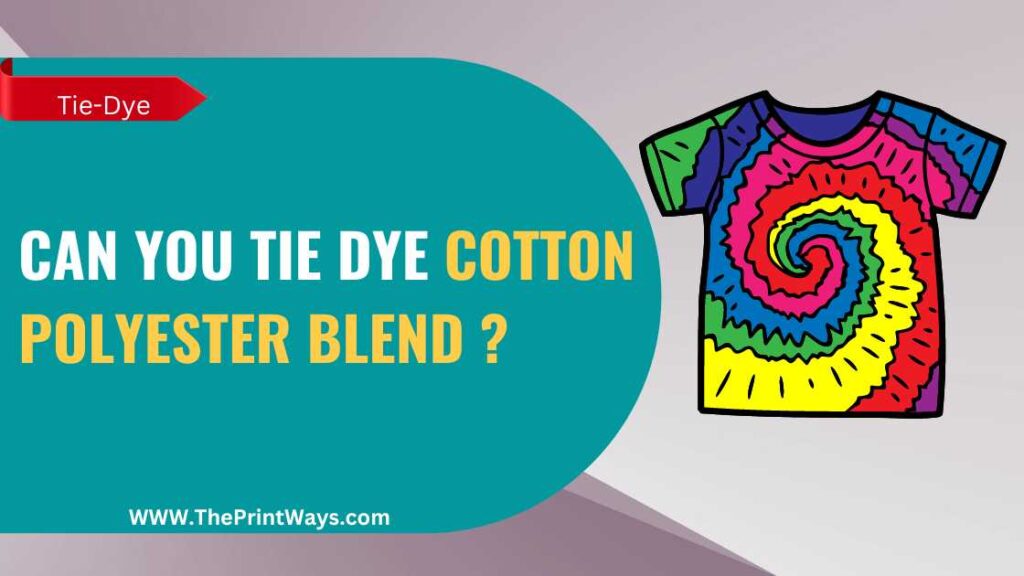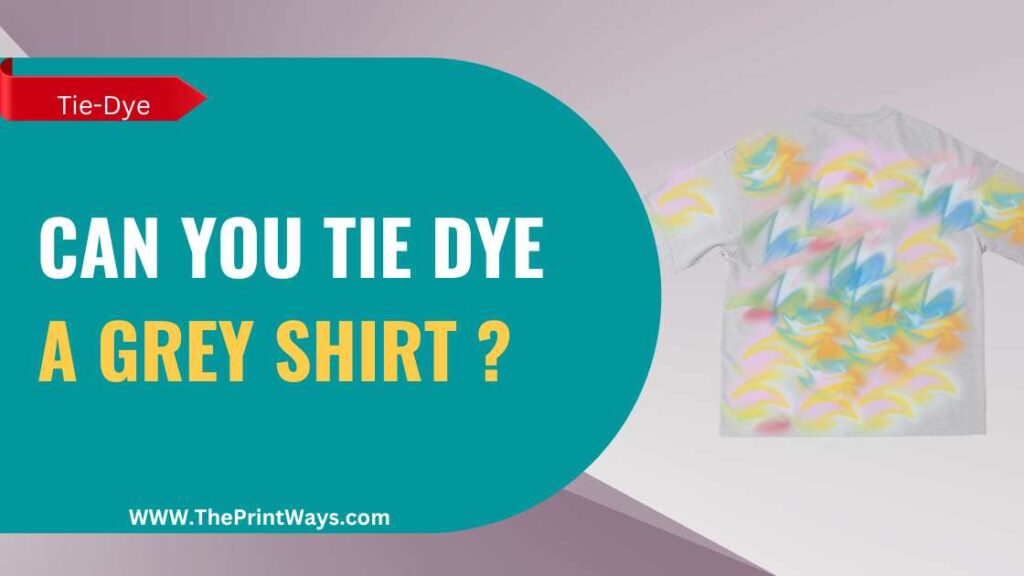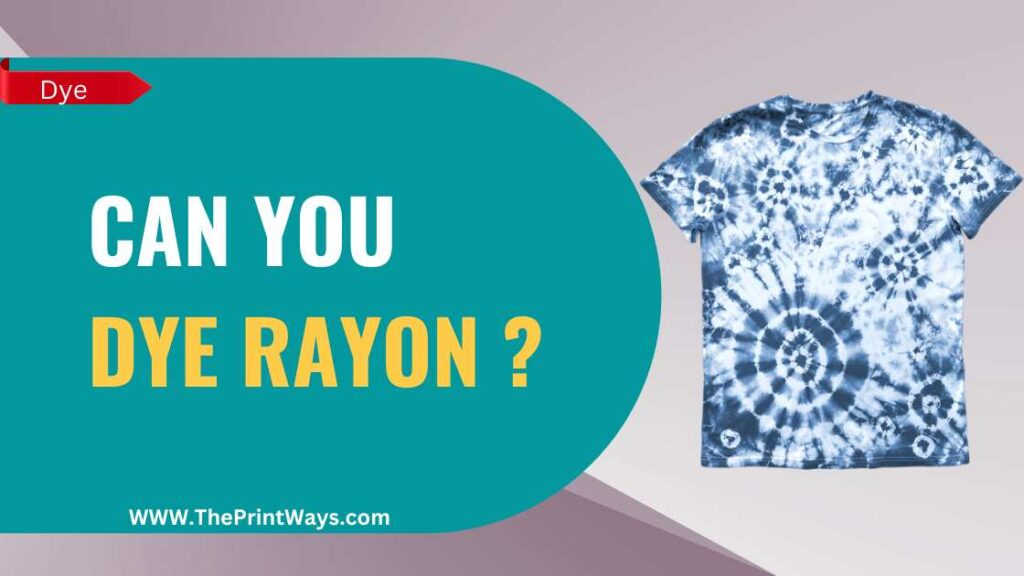Tie dye has been around since ancient times and is still popular today. With its stunning patterns and vivid colors, it adds a unique touch to plain fabrics like microfiber.
But, have you ever wondered that Can you tie dye microfiber ? It may seem intimidating at first, but don’t worry – once you understand the basics of how to tie dye microfiber, you’ll find that it’s not as difficult as it seems!
What Is Microfiber ?
Microfiber is a synthetic material made from extremely fine strands of polyester and polyamide fibers. These fibers are woven together to form an incredibly strong, yet lightweight cloth.
This type of fabric is known for its versatility, as it can be used in many different applications. The composition of microfiber fabric makes it highly absorbent and resistant to abrasion or tearing.
Microfiber has great properties that make it perfect for everything from wiping down surfaces to creating clothing items.

The uses of microfiber vary greatly depending on the specific properties of the fabric produced. For example, some varieties may be used to create towels because they are very absorbent while others might be used in upholstery due to their durability and resistance to stains.
Other common uses include cleaning cloths, mops, pads, rags and lint-free wipes. To sum up, microfiber is an excellent choice for a wide range of needs due its strength, lightness and versatile nature.
Can You Tie Dye Microfiber ?
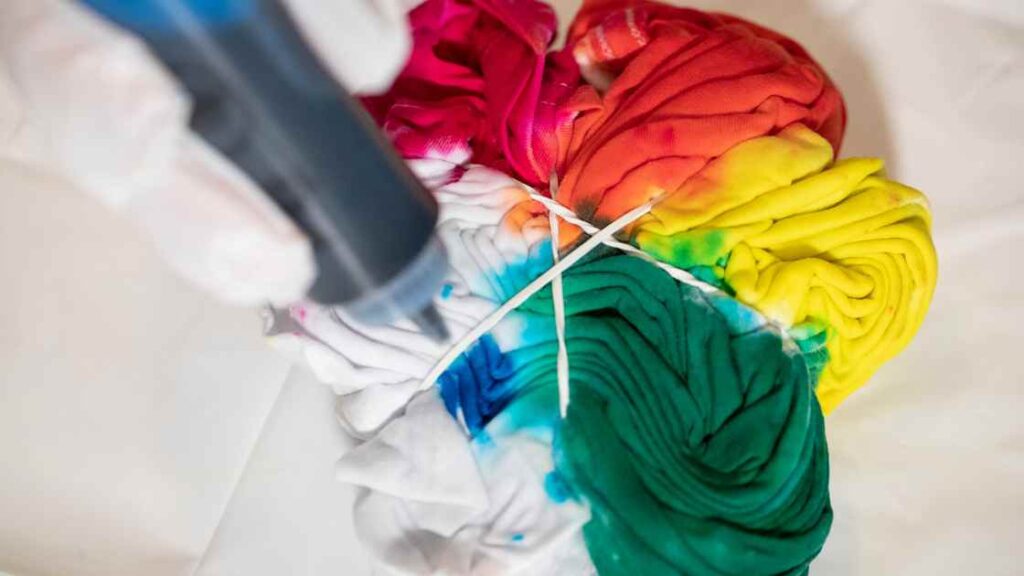
Yes, you can tie dye microfiber fabrics. Tie dyeing microfiber is a technique that has been used to create vibrant and unique patterns on clothing for decades. It involves folding, twisting, or pleating fabric and then applying dyes in various ways to achieve the desired effect.
Microfiber is a synthetic material made from polyester or nylon, which means it’s very durable and resistant to fading and staining. This makes it an ideal choice for creating bold tie-dye designs that won’t fade over time.
When preparing to tie dye microfiber fabrics, it’s important to use proper dying techniques so as not to damage the material. You should also be sure to use non-toxic dyes that are safe for contact with skin.
Once dyed, microfiber will need to be washed separately from other clothing items until the excess dye has been removed.
Also Read: Dye Sublimation on Aluminum: Detailed Guide.
How To Tie Dye Microfiber Fabrics ?
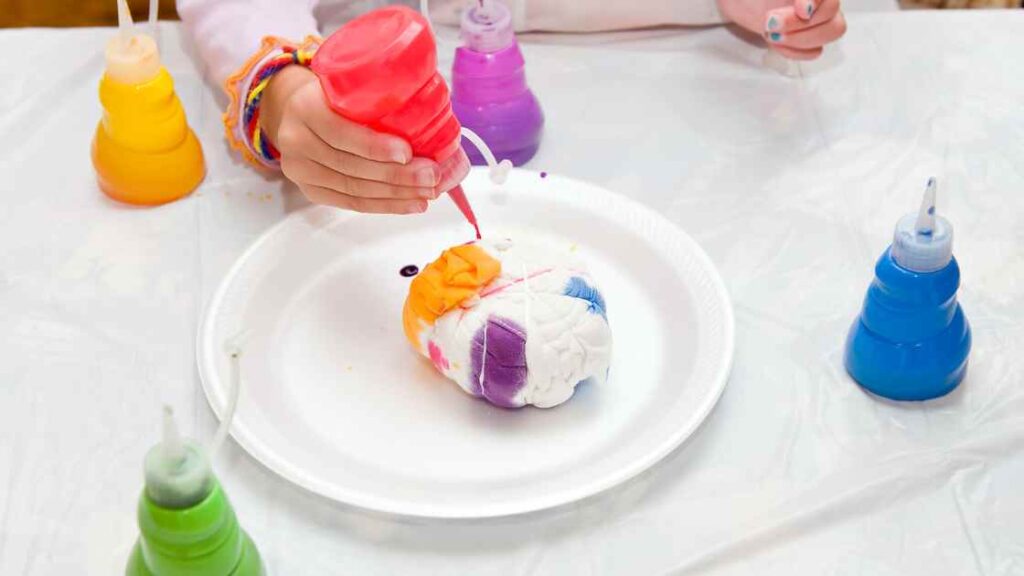
Materials needed:
- Microfiber fabric
- Fabric dye for synthetic fibers (e.g. iDye Poly, Rit DyeMore Synthetic)
- Plastic gloves
- Squeeze bottles or plastic bags
- Rubber bands or string
- Plastic wrap or bags
- Large bowl or bucket
- Water
- Mild detergent
Steps:
- Wash the microfiber fabric in cold water to remove any dirt or residue. Do not use fabric softener, as it can interfere with the dye absorption. Do not dry the fabric.
- Prepare the dye according to the manufacturer’s instructions. Wear plastic gloves to protect your hands from staining.
- Choose the tie-dye pattern you want to create. Some popular techniques include the spiral, bullseye, and crumple methods.
- Lay the microfiber fabric flat on a work surface. Pinch or twist the fabric in the desired pattern and secure it with rubber bands or string. Make sure the fabric is tightly bound to prevent the dye from seeping into unwanted areas.
- Put the bound fabric into a squeeze bottle or plastic bag. Saturate the fabric with the dye until it is completely covered. Make sure to apply the dye evenly, especially in crevices and folds.
- Wrap the dyed fabric with plastic wrap or bags to keep it moist. Let it sit for several hours or overnight, depending on the dye manufacturer’s instructions. This allows the dye to fully penetrate the fabric and develop vibrant colors.
- Rinse the dyed fabric in cold water until the water runs clear. Remove the rubber bands or string and continue rinsing until the water remains clear.
- Wash the fabric in a large bowl or bucket with a mild detergent and cold water. Avoid using hot water or fabric softener, as it can damage the microfiber fabric. Rinse the fabric thoroughly and wring out excess water.
- Dry the fabric in the dryer on a low heat setting or hang it to air dry. Do not use high heat, as it can damage the fabric.
Different Tie-Dye Techniques For Microfiber
Tie dyeing microfiber fabrics is an art form that requires patience and practice. There are several different techniques for tie dyeing microfiber, each with its own unique approach to coloring the fabric.
- Dip-dyeing involves dipping the material in a dye bath and allowing it to soak until the desired color is achieved.
- Another popular technique is spiral-patterns, which involve twisting the fabric into a spiral shape before applying dye.
- Patchwork-dyeing also uses multiple colors of dye on one piece of fabric to create interesting patterns.
No matter what technique you choose, make sure to use quality dyes and follow all instructions provided by the manufacturer when working with microfibers.
Also Read: Sublimation Vs Screen printing: Ultimate Comparison
Can You Dye Microfiber ?
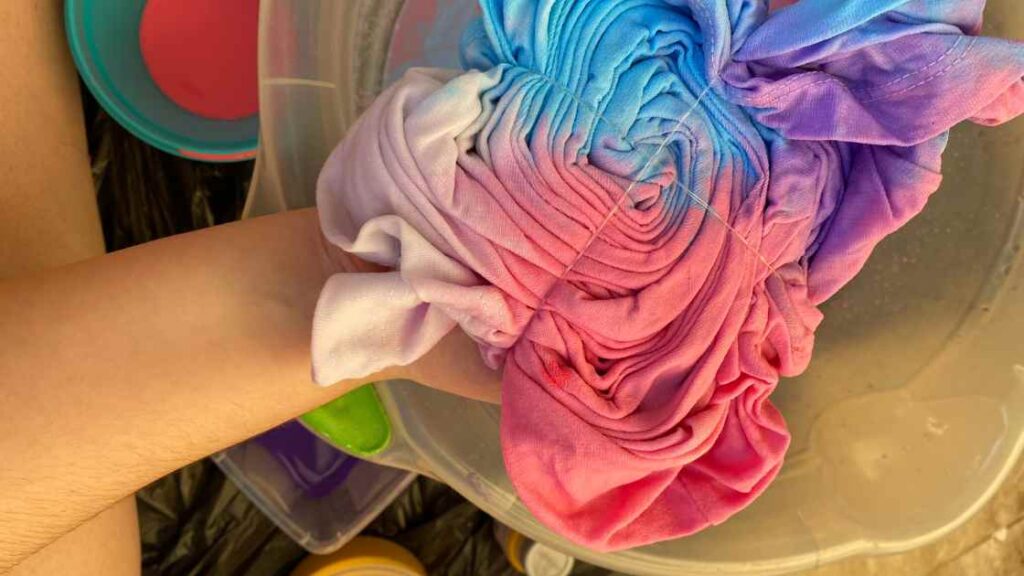
Yes, you can dye microfiber fabrics in a variety of ways. Tie-dye techniques are particularly popular for transforming these materials into unique and vibrant patterns.
The fabric is usually made from polyester or nylon fibers which makes it relatively easy to dye with both store bought and homemade dyes.
Related: Can you Sublimate over Sublimation?
However, mistakes can occur during the process if specific instructions aren’t followed closely. If too much dye is used, the colors may be overly saturated; if not enough dye is applied, they will appear duller than expected.
Fortunately, there are ways to fix any mistakes that might arise while trying to dye polyester fabrics like microfibers. Adding more dye or using water to lighten colors can help correct errors without having to start over completely.
How To Fix Mistakes When Dying Microfibers ?

If you’ve made a mistake while tie dyeing microfibers, it can be difficult to know how to fix it. Fortunately, there are steps you can take to troubleshoot the issue and repair your dyed microfiber material.
- First, keep in mind that if the dye has already been set, then no amount of scrubbing or rinsing will make any difference – so try not to panic!
- Instead, begin by gently dabbing at the stained area with water and mild detergent. Use a soft cloth or sponge for this step so as not to further damage the fabric.
- If necessary, use bleach diluted 1:10 with warm water on colored fabrics only, but do not leave it on for more than five minutes.
- Then rinse thoroughly before air-drying the item away from direct sunlight. If mistakes still remain after these steps have been taken, consider using color remover specifically designed for synthetics or dyesafe stain removers which may help correct errors caused by misapplication of dye.
You May Like: How to Fix Sublimation mistakes?
Frequently Asked Questions
Q: Can you tie dye microfiber fabric at home?
Yes, you can tie dye microfiber fabric at home using fabric dye. Microfiber is a type of synthetic fabric that is often made from a blend of polyester and nylon fibers. This means that it can be dyed using dyes that are specifically designed for synthetic fabrics. The process of tie dyeing microfiber is similar to dyeing other types of fabrics, but it is important to follow the dye manufacturer’s instructions carefully to ensure the best results.
Q: What type of dye should I use to dye microfiber?
It is recommended to use a dye specifically made for synthetic fabrics, such as polyester or nylon. Examples of such dyes include iDye Poly or Rit DyeMore Synthetic. These types of dyes are formulated to bond with the synthetic fibers in microfiber fabric, resulting in a long-lasting and vibrant color.
Q: Will the color fade or bleed after tie dyeing microfiber?
If the fabric is properly dyed and set, the color should not fade or bleed. However, it is important to follow the dye manufacturer’s instructions carefully. This includes washing the fabric before dyeing it to remove any dirt or residue, using the appropriate amount of dye, and ensuring that the fabric is rinsed thoroughly after dyeing.
Q: Can I dye microfiber furniture, such as a sofa or chair?
It is possible to dye microfiber furniture, but it may be more difficult and time-consuming compared to dyeing fabric in smaller sizes. It is recommended to consult with a professional upholstery cleaner or furniture manufacturer before attempting to dye microfiber furniture.
Conclusion
In conclusion, tie dyeing microfiber fabrics can be a fun and creative way to add some color to your wardrobe. By using the right type of dye, it’s possible to achieve great results that won’t fade in the wash. While there are differences between natural fibers and microfibers when it comes to tying, with proper care you should still be able to make something unique from any fabric.

